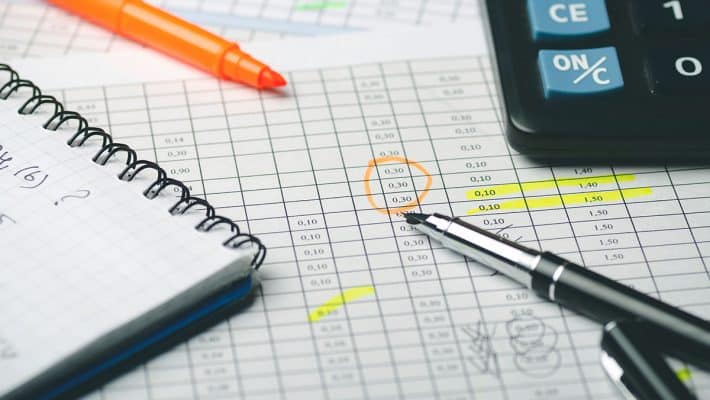New technology with the latest applications and tools has introduced several ways for consumers to shop smarter. With the barrage of discounts and shopping, you can anyway find products at desirable prices.
However, even after working with shopping tools leveraging the top deals, consumers often overpay for most popular products—with considerable markups of 100%-500%. This according to a recent report by The Pearl Source, one of the largest online jewelry retailers in the U.S.
Hence, it’s necessary to learn about this markup mayhem to secure more of your pocket!
Chapter Overview
What is Markup?
The markup value is the amount retailers charge, adding to the wholesale price to cover overhead expenses and earn a profit. In some cases, retailers themselves get to decide on the total cost considering several parameters—plus how much profit they are to aim at.
More often than not, the retailer is bound to charge the markup set by the product manufacturer or brand.
MAP—the troubleshooter
The Minimum Advertised Price (MAP) is the minimum price for which a retailer can advertise a particular product. It is usually tagged with luxury items, top brands, and jewelry.
However, the MAP only restricts the advertised price and not the selling price. Many retailers are willing to discount a product for less than the advertised price—all you need to understand is how and when to ask for it.
Reasons behind high markups
Retailers not only mark the products because they have to but also to cover up for the operating costs and scoop a profit. Some of the most common costs incurred by the retailers include:
- Sales and supporting staff.
- Shipping (including all the transportation charges to ship the product to you).
- Overhead expenses such as electricity, rent, and other taxes.
- Marketing.
- Production costs.
Retailers, analyzing the market, understand what they can expect to sell so that they may put up products with even higher markup value. Generally, it’s the limited or low-volume items tailed with exceptionally high markup value.
What markups can you expect on different jewels?
There remain some assigned markups that you can expect on jewelry items, be it gold, silver, diamond, or other gemstones.
- Diamonds: These precious gems carry high prices yet relatively low markups. However, you’re likely to find comparatively high ranges in the store than the e-commerce jewelry sites. The top platforms work with secure shipping, money-back guarantee, and even appraisal periods. So, never hesitate shopping for expensive products online if you get to save more with it.
Expected markup- 100%-200%
- Gold: The ever-fluctuating gold prices makes it difficult to estimate when it comes to markups. A retailer will charge you as at least twice of what they paid or even more considering various aspects.
Expected markup- 100% at minimum
- Silver: Although silver aligns with the gold when it comes to price fluctuations, its market value is mostly stable. The markups for silver vary widely, especially when comparing different retailers—high-end dealers markup products 5 to 10 times the wholesale price. And others close by 200% and 500% markup.
Expected markup- 200%-500% for traditional retailers, up to 1000% for luxury retailers.
Even if markups don’t catch your concern and you’re good to go with the prices, ensure binding by the following rules-
- Avoid dealing with unauthorized retailers.
- Never buy retail.
- Work with a clear mindset.

